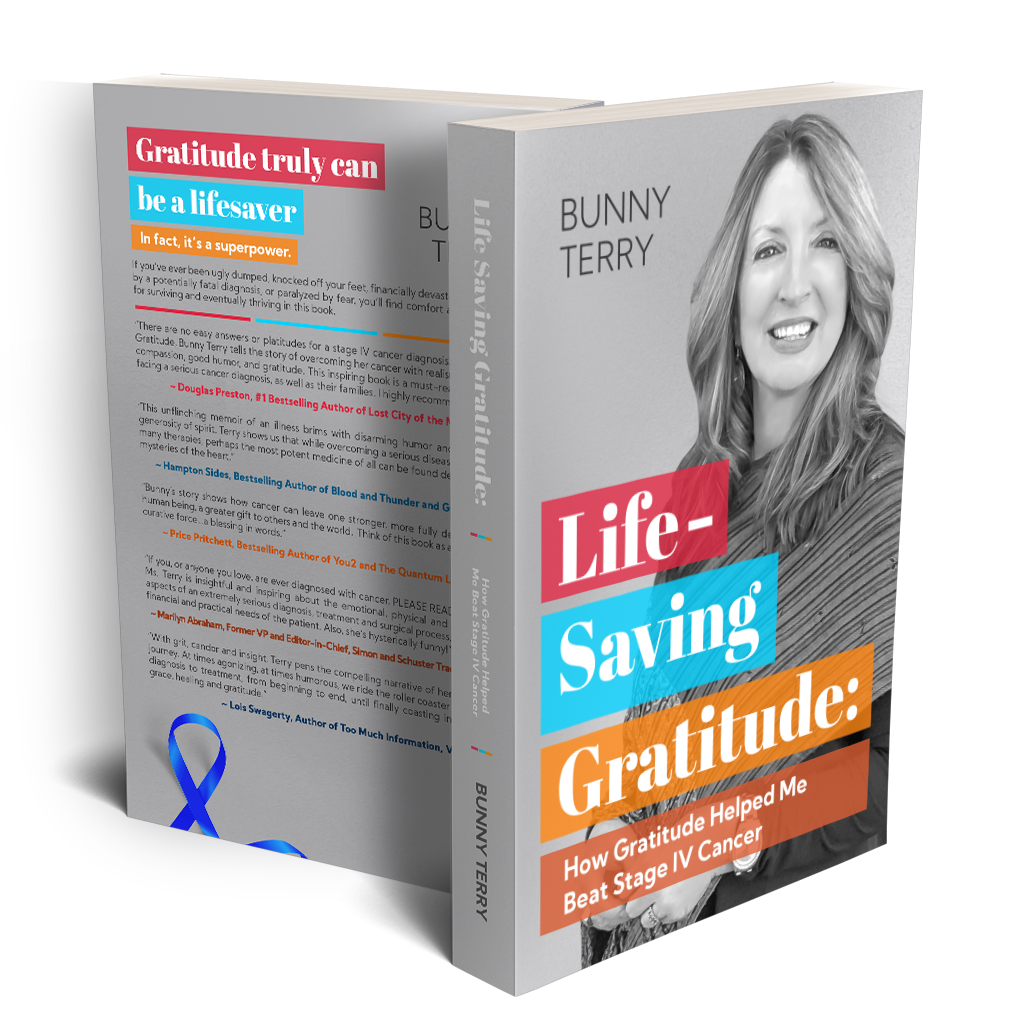About the Episode:
Georgia O’Keeffe said “When I got to New Mexico that was mine. As soon as I saw it that was my country. I’d never seen anything like it before, but it fitted to me exactly. It’s something that’s in the air, it’s different…”
Chip Greenberg is someone who really understands this sentiment. He is sharing his love for New Mexico through film and photography. Traveling across the state, capturing the unique and true beauty of this wonderful state. Chip’s photography is not like anything you’ve seen before. Find out more about him and his work in this episode and the links provided.
Links
Chip’s website
Follow Chip on Instagram
Buy Chasing Serenity
Buy Abandoned New Mexico
I Love New Mexico blog page
Bunny’s website
I Love New Mexico Instagram
I Love New Mexico Facebook
Original Music by: Kene Terry
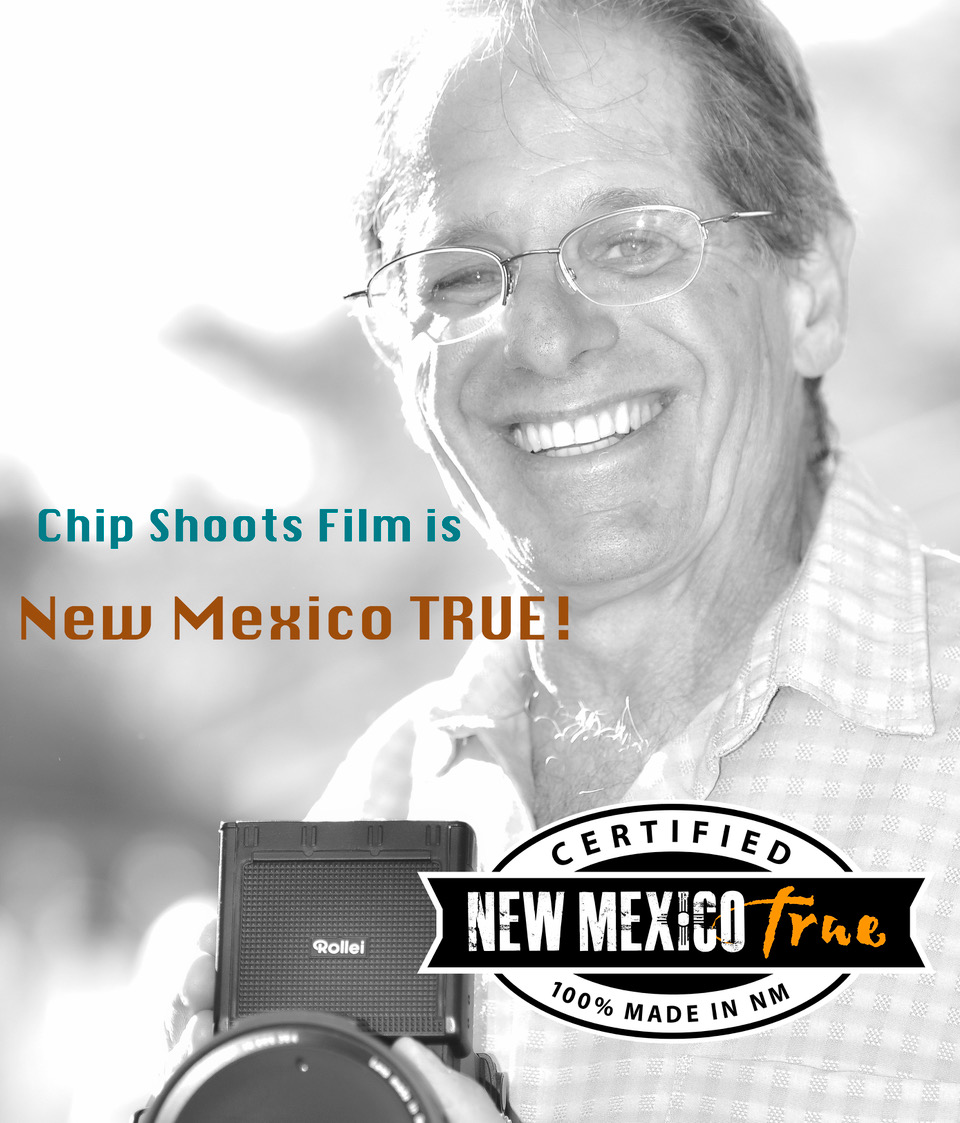
Featuring:
Chip Greenberg
“I’m an award winner photographer that has been shooting film for more than 50 years. Having studied photography at the Rochester Institute of Technology, I owned and operated a commercial studio outside of New York City for about 15 years. My clients included Fortune 500 companies, other big corporations and many terrific smaller clients.
Today I photograph what interests me rather than what clients need. My work is a study of light, composition and color. I’m currently focused on my Passed Lives and Ordinary Things projects.
My Ordinary Things project is a body of work in which I photograph doors, buildings, chairs, and other Ordinary Things as they become transformed by New Mexico’s extraordinary light.
I live in the mountains of southern New Mexico, where hunting for things with Passed Lives is rich and the light is never Ordinary!
My art business has been designated as a “Trusted Art Seller” with The Art Storefronts Organization, which means you can shop with confidence, and know that I stand behind the quality and value of my products.”
Episode Transcript
Bunny : (00:00)
Hi there. I’m Bunny Terry, and you’re listening to the I Love New Mexico podcast. Whether you’re a native new Mexican, who’s lived here for your entire life, or you’re just considering a visit, this episode is for you. Join us as we share a lot of New Mexico stories, talk about all things New Mexico, and include topics like what’s magical here, where you ought to visit, what’s happening, and the things you absolutely cannot miss in the land of Enchantment. We’re excited that you’re here and we can’t wait to show you what an amazing place New Mexico is, because let’s face it, I love New Mexico. My guest this morning on the I Love New Mexico podcast feels like, um, somebody I’ve known for a very long time and an old friend because, um, despite what a lot of people, despite the, um, criticisms that a lot of people might have about social media and digital marketing and connecting online, um, the guests that I have today, and I have connected, I, I would say at least a year ago, because I’m an admirer of his work and he is an avid follower, I believe, of the podcast and the blog. And so I wanna introduce you to my friend who I’m seeing today for the very first time, chip Greenberg. Chip. I want people to know, um, who you are, what you do, and um, how you ended up in New Mexico. So, so tell folks who you are.
Chip : (01:41)
Good morning, Bunny, and thanks so much for the intro. Social media is actually kind of new to me being a, being a senior citizen, uh, but I’m really enjoying it and have made some great connections also. So, um, I’m Chip Greenberg. I live in the southern mountains of rural New Mexico. Uh, really, really beautiful place. And I’ve been a photographer for 55 years and really have a, I’m lucky though it took a lot of work to get here and have a lot of joy in photographing our magnificent state.
Bunny : (02:20)
Well, exactly. Where are you? Are you close to Cloudcroft?
Chip : (02:24)
We’re close. We’re close to, we’re close to Cloudcroft, um, actually east of there in a little tiny town that has more cows than people
Bunny : (02:35)
Chip : (02:41)
Well, we, I live in, I live in weed.
Bunny : (02:43)
Ah, what is the population of weed?
Chip : (02:47)
Well, there’s a sign that there’s a sign down at the bottom of the corner of the main intersection in town, uh, which has a stop sign, which says 20. That’s probably about right.
Bunny : (03:02)
That’s, that’s too funny.
Chip : (03:04)
The school’s still there, but it’s, it’s, you know, there’s no longer students in it. Right? Uh, it’s used as a community building, but you probably played when the school was active here. It’s
Bunny : (03:14)
Been a very, very long time since I was in high school. But, um, so Chip, did you grow up in New Mexico or is this, um, a new home state to you?
Chip : (03:23)
So it’s a new home. Well, we’ve been here 30 years, so if you can’t tell by my accent, I was born in New York City, um, but we’ve been here about, we’ve been here about 30 years.
Bunny : (03:36)
So New York City to weed, New Mexico. That’s quite the journey.
Chip : (03:40)
Well, lemme tell you. Well, it was a journey. So my wife and I decided pretty, pretty young age. We didn’t wanna grow old. We lived in outside Princeton. It’s a really, really pretty area, but for a lot of reasons we decided that’s not where we wanted to live the rest of our lives. So, uh, we started traveling south and west because we wanted a better climate and we wanted some land and just a different lifestyle than we were getting outside of Princeton. And, uh, we looked around Texas and we went, you know, looked around Oklahoma and we kept going southwest. And when we hit New Mexico, we said, this is the place
Bunny : (04:26)
Chip : (05:26)
Four and a half hours, depending on how, how much of a speeding ticket. I wanna risk four and a half to five hours.
Bunny : (05:52)
Wow.
Chip : (05:53)
So it, it, it’s a very large, very diverse place.
Bunny : (06:00)
And you’ve been shooting, you know. Yeah. I, I want folks to know that your, um, your, um, Instagram account is chip shoot’s film, right?
Chip : (06:09)
Correct. I’m a film photographer
Bunny : (06:12)
And you shoot all over the west as far as I can tell. But you are, um, I I, your composition is your subjects and your composition are a little different from the mainstream. I, how, first of all, how did you come to be a photographer? Where did that come from?
Chip : (06:30)
I, I appreciate that. I think my work is a little different from what you see also. So it’s been a, a long journey. Like I said, I’ve been a photographer for 55 years. Um, I was 13 years old and I really, really wanted a mini bike. And, uh, you may know what a minibike is, but I have a mini bike. Yeah. Alright. You, you are my woman.
Bunny : (06:54)
It’s always 75. Oh, there
Chip : (06:55)
You go. Well, most, they’re not very popular today. But I really wanted one of these things. I had saved my money. I had a paper route, and my father, who I probably didn’t give enough credit to, knew I was either gonna kill myself or made myself for life. And he kind of steered me, if you will, away from the minibike into, uh, doing photography. He was a photographer, and I actually have this camera here, that was my first camera. Dad loaned me this, it’s a German camera made by Zeiss. Uh, it was one of his prize possessions, and he kind of got me interested in the contacts and took my mind off the mini bike. And 55 years later, I, you know, I, I went to a prominent photography school. I met my wife there, I opened my own studio and shot for Sony and Pfizer and Johnson and Johnson and lots of great smaller companies, and ended up living in New Mexico, photographing what interests me. So it’s been a long journey and, and that kind of condenses those 55 years.
Bunny : (08:05)
Well, but you were shooting, I mean, you were in the, you were in the big dog commercial world, right? I mean, that’s what it sounds like to me.
Chip : (08:14)
It was a really, it was a, that world has changed completely, right? Uh, I mean, no one can do really what I did anymore for a living. But that said, it was a very interesting and creative way, uh, to make a living, but very different from what I do today. And I had a big dry spell, if you will, kind of going from a client telling me what they wanted me to photograph, to me figuring out what I wanted to do and what interests me to shoot on my own. Commercial photography is very collaborative. The photographer certainly puts their 2 cents into the image. But, you know, you’re told by Pfizer, here’s a, here’s a drawing of what we want your photograph to look like, and it needs to be kind of within those parameters. Uh, so, you know, that that background’s actually helped me a lot. And like I said, it took me a while to break through not being directed by somebody. Um, but, you know, I’ve developed some habits that influenced my work today. All my work used to be very carefully composed and on a tripod. And, uh, you know, and those traits have followed me, you know, decades and decades later. And the studio, a a quick shot would take an hour or two, and a complicated shot would take a day or two. So, I mean, I’m kind of a slow, methodical photographer.
Bunny : (09:44)
Well, I wanna know what, um, what happened to change this style? I mean, was there a catalyst or did you, did it, did it sit in your head for a long time while you were trying to figure out what direction you were gonna take with the composition? Because I’m fascinated by the things that you shoot.
Chip : (10:03)
Oh, thank you. Um, kind of the latter. I mean, like I said, I really, we live near White Sands. It’s an amazing place. If anybody hasn’t been there, you should go. Uh, gotta go. You gotta go. And I, yeah, I ended up photographing White Sands a lot because it was there and I liked the work I did there, but I’m not a landscape photographer per se. There are so many more talented people out there doing that. So I’m glad I didn’t really go down that road. But yeah, I, I kind of had on and off relationship with photography for quite some time till I figured out that what really interested me was New Mexico’s light. New Mexico’s light is, is really unique. I mean, we’ve got a combination of high altitude and low humidity that just paints our world in soft shades of rust and sage. And we’ve attracted visual artists forever here.
Bunny : (11:03)
So, chip, I never knew that that was it. Say that again. It’s low humidity and
Chip : (11:08)
Low, uh, high altitude and low humidity really changes the quality of the light in New Mexico.
Bunny : (11:14)
I had no idea that was the reason.
Chip : (11:17)
And it’s really, we are really the mile high state, right? I mean, Denver boasts there, the mile high city, right? But New Mexico, most of New Mexico is, is a mile high or higher. Uh, it’s, you know, we live at 7,000 feet, as do you. Yes. Um, so we, we have a unique combination where most of the state is more than a mile high, and most of the time we have very low humidity. And that really does change the quality of the light.
Bunny : (11:45)
Well, I was looking at, um, you know, there was a, there there, there are a lot of George O’Keeffe quotes about the light, but she did say that I was, I was gonna find the one that, but she’s, she said the, my first memory of New Mexico is the light. Huh? The, the brightness of the light and that there was light all around. And so I, it, I mean, it, I think would be hard pressed to have a listener who doesn’t know who Giorgio O’Keeffe is, but she came for the light and you are, you are making the best use of it. Um, I just, I want, I want you to tell, like, tell, let’s, let’s do a quick, um, I want folks to know what you’re shooting. Can you tell, give us a, in the last month, what are the unexpected, um, items or scenes that you’ve shot around the state?
Chip : (12:34)
Well, you know, New Mexico has a lot of unexpected, which is, you know, part of what, part of what makes it it interesting. Uh, I basically have three series I shoot, I like to work in series. It keeps me focused, if you will. Um, I’ve got a fourth one I’ve just started, we can talk about at the end. I haven’t shown, really shown work on yet, but they all relate in terms of my style because even though in one series I’m photographing all abandoned cars and another photographing all the abandoned buildings, my composition and sense for our, uh, unique light really carries through all the series. So, you know, I, I photograph retro rides, which is kind of abandoned cars I find around the state. And I was just out in Tuku Carry and I did some work. I’m really happy there, you know, I got the whole Route 66 vibe going and, and a lot of people populate their businesses, but there’s also fines off the beaten path that are just there waiting to be restored.
Chip : (13:37)
Um, so I photograph abandoned cars. Abandoned buildings, which I find very interesting because there’s a story to all these things, right? I mean, what happened to make this building abandoned and being a native New Yorker, even though I’ve been here 30 years, you know, back east there are no abandoned buildings. They get knocked down and strip malls get put up. You are, you’re not going to find some of the things you find like on Route 60, you know, going from Clovis to Magdalena’s littered with little towns that once served the railroad. And you know, we don’t have steam engines anymore, right? So these towns have kind of more or less disappeared. Um, and I’ve got another series i I call Ordinary Things, which really just shoots everyday stuff. But New Mexico’s light turns them into something magical.
Bunny : (14:35)
I I really, so so Toum Carry is my neck of the woods that’s, I grew up Oh yeah. Near to
Chip : (15:18)
I really like photographing. I’m not a landscape photographer, but you need to include some of that environment that’s around these abandoned buildings or abandoned cars into your image to help tell that story. ’cause there’s definitely a story to all these things.
Bunny : (15:34)
There is. And when you did the, it was so funny when you said Clovis to Magdalena because I immediately in my mind had Fort Sumner and Vaughn and Corona and all these small towns that I’ve driven through all of my life. I used to, I I went to school in Las Cruces and so I would leave Logan and drive to New Mexico State and it was, you know, like Von Corona, Santa Rosa, Vaughn, Corona, ULAR, Rosa Osa. So, um, I’m, I bet you’ve shot something in all of those. Well,
Chip : (16:08)
Pretty much, they’re all really interesting places and, and little, little places in between that, you know, hardly even make the map.
Bunny : (16:18)
And are your, um, I and I, I, this is one of the things I know the answer to, but I want folks to know from you, are your prints available? Is your work available to the general public?
Chip : (16:30)
Of course. So I, I work with a great lab in Albuquerque. They were actually written up recently, uh, pretty renowned landscape photographer tested, I dunno, 10 labs across the country. And this little tiny lab in Albuquerque was rated number one and number two in all these different categories. So I work with New Mexico Fine Arts. Uh, they do a really hands-on job. They’re very personal. They’re not a big factory. Uh, so I really pride myself in the quality of the prints, the combination of how I photograph it in technique, and again, drawing on being a commercial still life photographer and handing it off to a lab that does an excellent job. Um, one of the things when I was, you know, people always ask me, oh, your photographer, do you have a dark room? And I hadn’t had a darkroom since I was 13 and wanted a mini bike. Um, but you know, when I had my studio, we would shoot stuff and it would go to the lab and I kind of worked the same way today. And I’m happy to have such a quality lab that’s local in the state, uh, that I could work with.
Bunny : (17:39)
Where do they find, I want people to know where to find your website so that they can,
Chip : (17:43)
So I’m chip shoots film.com and Chip shoots film on Instagram, and I’ve got links to my Facebook, but Facebook didn’t give me a very good URL, so it’s, it’s complicated.
Bunny : (17:58)
Well, well all of those are going to be in the show notes, but I want to segue to the book. It was such a gift to get that in the mail. You sent one to me and, uh, talk, talk to our listeners about the this book that you created.
Chip : (18:14)
So doing the book is, where
Bunny : (18:16)
Did it come
Chip : (18:16)
From? A lot of fun. Um, number of, number of places. I, I really, I wanted to do something, uh, that was not a big fine art print because, you know, everybody doesn’t always have space on their wall right now. And honestly, everybody can’t afford a fine art print all the time. So I wanted something that was more affordable that could put my work in a lot more hands. And books have the advantage of kind of being intimate, right? You can sit there in your chair with a cup of coffee or a glass of wine and kind of stroll through interesting parts of our state, uh, you know, in a much more intimate way. So the book was, that was, that was my reasoning behind the book. You know, it was an interesting project to do as a commercial shooter. I was exposed to things like layout and typography and stuff people don’t really think about. So I think I had a little leg up, you know, taking on the project. But I, I did work with a typographer who helped, you know, make stuff look better than I could and lay out stuff more professionally, uh, than I could. And we went through like, I think four proofs and three printers before I got something that I really liked. Uh, so the book, of course is in the bookstore on my website.
Bunny : (19:37)
Good, good. I want people to find that. And we are also, um, as an aside going to, if you’re listening to this on the day that it drops, you should also go to both of our Instagram accounts because we’re doing a giveaway. Um, chip has really generously offered to give three of our listeners and followers, um, lucky. I mean, obviously we’re not gonna pick the first three. There’s, there’s, it’s going to be a giveaway that takes place over time, but be sure to check out the giveaway because you’re giving away three copies of the book, right? Chip?
Chip : (20:12)
That’s correct, buddy. So we’re gonna give three listeners, uh, chance to have the book. I kind of take, take all my listeners, I take all the entries and I put ’em in a spreadsheet and I pick ’em with a random number generator. So, you know, it’s not the first three so you don’t have to rush and be the first one in. Um, but sure, we’re gonna get three people can get a free copy of Chasing Serenity. And I’ve been told by a lot of people on social media that I named it chasing Serenity because many comments I get say, oh, your work is so serene, or Your work makes me feel so serene.
Bunny : (20:51)
It is, it is. I’ll tell you that it, it’s, uh, it’s has a real calming effect. It’s, um,
Chip : (20:58)
I I appreciate that
Bunny : (21:00)
Well, and I also think Chip, for me, and I don’t know if this is true for all of your fans, but it really, it invokes a lot of memories. It, it, it, it’s sort of, um, um, it just sort of quick starts my brain to thinking about things that I haven’t thought about in years. Um, you know, aunts and uncles and stories from my childhood and places haven’t been in you, you know, for all the talking that I do about New Mexico, there are places in the state that I haven’t been in 20 years. And so it’s like I gotta get on the road and go and see that. But Chip’s, you, you, I mean, you, I have the, uh, print of something you did in Demming and I think it’s beautiful. It’s, um, so, so thank you for doing that. And I think chasing Serenity is a really, I think it’s a great title.
Chip : (21:51)
Bunny : (21:53)
So talk to me. I, I wanna know, because this is a very digital world that we live in, what’s it like to be somebody who shoots film? How is that different? I, I mean, I know it’s vastly different, but, um, what’s that like in today’s world?
Chip : (22:08)
So film’s kind of having a renaissance with the people half my age, which is pretty cool. Oh, yeah, yeah, yeah. So I mean, so I might be, you know, walking around Old Town or the Plaza in Santa Fe with a film camera, and I get, you know, 30 year olds come up to me and say to me, wow, you’re shooting film. That’s, that’s cool. Um, aesthetically film has a different look. I get sort of a, a pastel look that’s difficult to get in digital. They’re different one’s not better than the other. And some things film does a better job and some things digital does a better job. But for my style, I believe film is better and it’s hard to get that kind of soft pastel, you know, soft sage and, and, and Adobe look in digital. Uh, so, you know, it has its difficulties.
Chip : (23:03)
It takes me a little while to see images. I, I’ll get some film back this week, I think from a new project I’m working on, but it’s been three weeks to ship the stuff to a lab and wait for them to process it and scan it. Uh, so it, but I’m a slow methodical shooter, so that doesn’t really bother me a whole lot. Costs me money every time I push the button opposed to digital people. But as an ex still life photographer, I really think before I push the button anyway, so that doesn’t bother me a lot. Uh, so I mean, I’m glad to see films having a, a resurgence.
Bunny : (23:39)
Well, it’s a very, you just said it, it’s a very thoughtful process. It’s a very, um, I don’t wanna use a catchphrase, but it sounds like it’s very zen. Very, um, I mean, you have to be focused and that’s,
Chip : (23:53)
I mean, that’s pun pun, pun intended,
Bunny : (23:55)
Chip : (24:51)
So you still, you still have a camera? Don’t you still have a film camera? Don’t,
Bunny : (24:54)
Oh no, I don’t. I don’t, I don’t. I had a a, a Minolta that I got when I was 14 years old that I shot with for years, and I don’t have that anymore, but when I look at those photos, I captured a lot of life. Yeah. With that camera for years, probably 20 years long ago.
Chip : (25:15)
Bunny : (25:17)
So, so talk about, you said there’s a fourth series. I wanna hear what’s, what’s up, what’s coming up for Chip?
Chip : (25:24)
So this is, again, I’m, I’m not that prolific. Uh, in fact, there’s a quote, uh, there’s a quote on, you’ll find on the internet from Ansel Adams. And he’s, you know, the quote that I’ve seen says if you take 10 portfolio images a year, you’re doing really, really well. Which is very different from what most digital shooters go out and shoot a thousand pictures. And then they come home and sort through the three they like. Um, Ansel Adams assistant lives in Santa Fe. I don’t know if you know or know of Alan Ross, but Alan, Alan lives in Santa Fe. He does workshops and he sells prints and galleries and we need
Bunny : (26:03)
To talk to him. Chips. Yeah,
Chip : (26:05)
Well go find him. He’s, he is on the, he’s on the internet. I can steer him towards you if you’d like. That’d great. I’ll steer, I’ll steer Alan towards you. I asked Alan, ’cause I’ve seen this quote, I’ve seen it say five portfolio images a year. I’ve seen it say 20 portfolio images a year. And I asked Alan one morning, you know, I see this quote from Ansel and you know, what’s the deal? And he was pretty coy about, he was pretty coy about it. Uh, he didn’t gimme a number, but he did confirm that quote. Uh, so I, I’m just, I got off on a tangent now. I’m not very, very prolific if Ansel did 10 good images a year, he is a lot more talented and shot a lot more than I do. I’m pretty happy with a fraction of that number. But I, I started shooting small town Main Street, kind of more documentary than a lot of what I do.
Chip : (26:58)
There’s certainly a documentary element to photographing old buildings or cars, but I really became interested in, since I live in a very small town and I live near, you know, Alamogordo is the quote unquote city next to me. And I live, you know, I’m in there pretty frequently and I find small town life very interesting and small towns are going through a renaissance also. There’s a state fund rejuvenating Main Streets right now, and they’re really trying, uh, to bring life back into small town main streets. So I started a series photographing Small Town Main Streets, um, probably a year, a good year away from having enough body of work, but that’s going to be another book, but probably a couple years out
Bunny : (27:47)
And all in New Mexico,
Chip : (27:50)
I’m gonna, because I want this to be a book and a project for now it’s all going to be in New Mexico.
Bunny : (27:55)
That’s so exciting. Did you do some of that in Tuum Care?
Chip : (27:58)
I did, yeah. I got shots at Tuum Care while I was there. Um,
Bunny : (28:03)
I spent a lot of time on Main Street in Tuum Care.
Chip : (28:05)
Did you? Yeah, they’re, they did, they’re they’re working on it. It’s pretty cool.
Bunny : (28:10)
They are, they are. In fact, we did a podcast with the Main Street crew because they were doing Oh, really? Around, uh, it was one of our, part of our Halloween series, so people can go back and find it. But, um, we talked that with the woman who’s running the Main Street project because they were doing tours, um, ghost Tours around Halloween. And, you know, the guy, the FBI agent one of the FBI agents that is part of the film, um, killers of the Flower Moon was also in, was in Tuum Care at one point. And Tuum Care has this kind of spooky, um, lots of gunfights, lots of shootouts. Um, it’s, they’ve got sort of a spooky history. So I love that you captured some of Main Street. Yeah, that’ll, that’ll be interesting to see.
Chip : (29:00)
It’s a, it’s a, it’s an interesting project and on this book, I, I need to do a lot of research about these towns, so it’s going to be more copy intensive, uh, than chasing Serenity. So, like I said, at least, at least two years out to get this project, uh, to the point where, uh, I’m happy with it, probably
Bunny : (29:20)
So out. I, I chip, I just get this, um, out, out of, out of your decision to move West, it feels like you’ve created your an your absolute best life in New Mexico. Am I wrong?
Chip : (29:34)
No, you’re, you’re a hundred percent right. We wake, we wake up every day and say, we are happy to be here.
Bunny : (29:40)
I’m the same way. I mean, sometimes, you know, my husband is a native Santa Fe fan, and, and he still will be walking around downtown and he will say, look at the light. I mean, he is lived here over, you know, he’s in his seventies and he’ll still say, look at the light. Can you believe we get to live here? Exactly.
Chip : (29:58)
Exactly. There’s so much beauty here.
Bunny : (30:02)
There is, and I want, I want folks to find your, the beauty in your photos is an unexpected. Um, it’s an unexpected treat. I just, I want people to find your work and, and it’s, it is so New Mexico, it’s different, it’s unexpected and it’s beautiful, just like the state itself. So, um, I know that we could talk for a long time. I want, when you get the book together, when the Main Street book is ready to go, can we visit again about that? I wanna hear those stories.
Chip : (30:33)
Oh, that’d about
Bunny : (30:34)
How you shot that.
Chip : (30:35)
That’d be wonderful. Absolutely.
Bunny : (30:38)
Chip, thank you so much for being on the podcast today. This was fun.
Chip : (30:41)
Thank you. It was a good time. Thank you, bunny. Thank you so much for having me
Bunny : (30:45)
And check out Instagram. I want, I want you folks to get in on the, um, contest. Be, and, and we will, I hope from time to time run other contests with Chip so that you can maybe be one of the lucky ones who ends up with some of his work.
Chip : (31:00)
I’d love to do that.
Bunny : (31:02)
Yes. Thanks to all of you for taking the time to listen to the I Love New Mexico podcast. If you’ve enjoyed this episode, please feel free to share it with your friends on social media or by texting or messaging or emailing them a copy of the podcast. If you have a New Mexico story that you’d like to share with us, don’t hesitate to reach out. Our email address is I love New Mexico blog@gmail.com and we are always, always looking for interesting stories about New Mexico. Subscribe, share, and write a review so that we can continue to bring you these stories about the Land of Enchantment. Thank you so much.
About the Podcast
Recent Episodes
I Love New Mexico Teachers: Bunny Terry
About the Episode: Summer is coming to an end and a new school year is...
I Love New Mexico Food: Kirk Muncrief of AlbuKirky Seasonings
About the Episode: In New Mexico you know we love food AND we love spicy...
100th Episode Recap: Bunny & Johanna
About the Episode: The I Love New Mexico podcast has made it to 100...






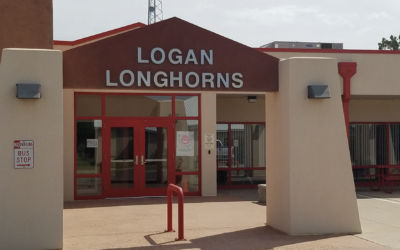
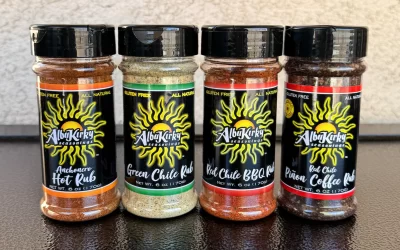
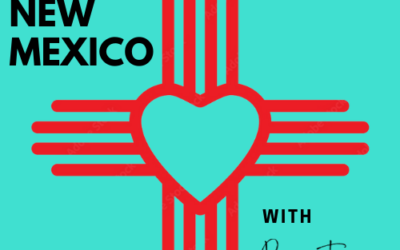
 Bunny Terry is a native New Mexican who grew up on a farm in northeastern New Mexico. Her first writing job was typing stories on index cards on her family’s Underwood, stories that were uncannily like the ones she read over and over in O Ye’ Jigs and Julips, her favorite childhood book. No one thought to save those index cards for posterity, although there is the theory sarcastically circulated by her siblings that they will certainly be worth millions someday.
Bunny Terry is a native New Mexican who grew up on a farm in northeastern New Mexico. Her first writing job was typing stories on index cards on her family’s Underwood, stories that were uncannily like the ones she read over and over in O Ye’ Jigs and Julips, her favorite childhood book. No one thought to save those index cards for posterity, although there is the theory sarcastically circulated by her siblings that they will certainly be worth millions someday. 